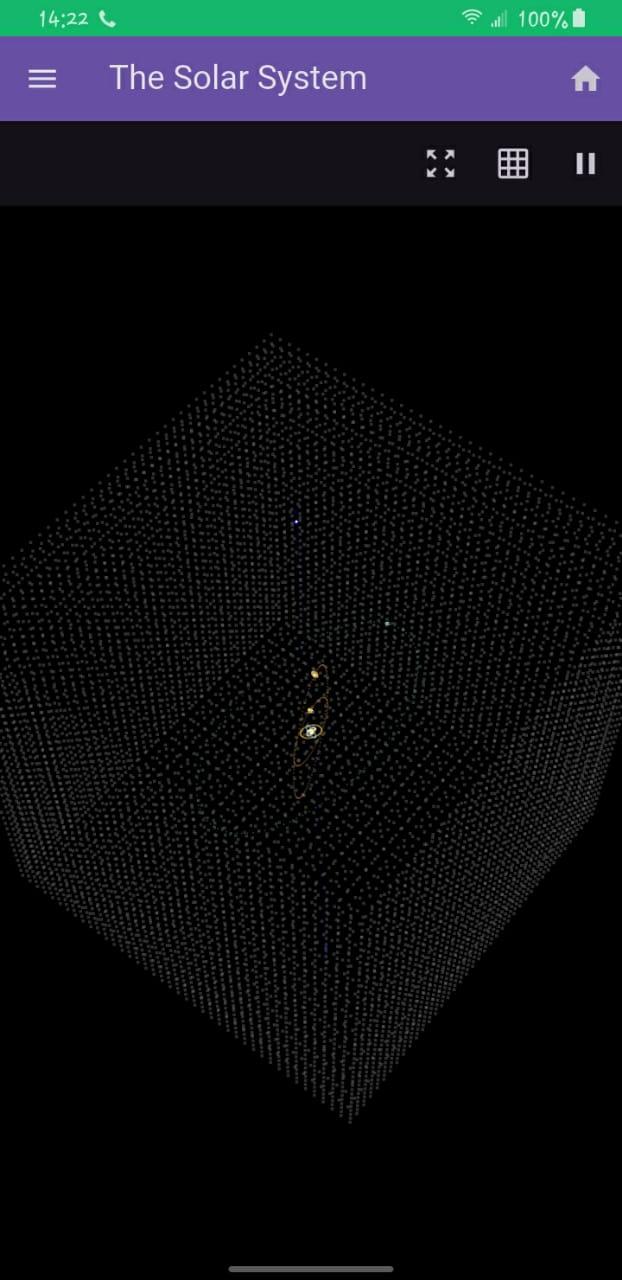The Solar System
-
Home
-
The Solar System

The Solar System

View
Visualizing the Solar System Through the Lens of Higher Dimensions
Introduction
Our solar system is a dynamic, three-dimensional ballet of celestial bodies moving through space-time. Traditional two-dimensional representations fail to capture the complex orbital mechanics, gravitational interactions, and spatial relationships that define our cosmic neighborhood. By employing principles from higher-dimensional mathematics and advanced visualization techniques, we can create more accurate and insightful models of planetary motion that reveal hidden patterns and relationships.
The Challenge of Solar System Visualization
Accurately representing our solar system requires addressing several fundamental challenges:
Scale Disparity - The vast differences between planetary sizes and orbital distances
Orbital Inclinations - Each planet follows a unique tilted path around the Sun
Temporal Dynamics - Movements that unfold across different timescales
Gravitational Interactions - The complex web of forces governing celestial mechanics
These challenges mirror those faced by mathematicians working with higher-dimensional spaces, where conventional visualization methods break down.
Higher-Dimensional Approaches to Planetary Motion
1. Temporal as the Fourth Dimension
By treating time as an explicit dimension rather than an animation parameter, we can:
Visualize complete orbital histories as helical paths through spacetime
Reveal resonant orbital patterns between planets
Demonstrate how gravitational perturbations accumulate over centuries
2. Parameter Space Projections
Mapping physical properties to additional dimensions allows us to:
Represent temperature variations across planetary surfaces
Encode atmospheric composition through color spaces
Show magnetic field strength as "texture" in higher dimensions
3. Hyper-Orbital Mechanics
Advanced mathematical techniques adapted from theoretical physics enable:
Simultaneous visualization of all planetary orbits in their proper 3D orientations
Accurate representation of Laplace planes and orbital precession
Demonstration of how tidal forces affect moon orbits over time
Key Visualization Innovations
1. True 3D Orbital Paths
Unlike flat diagrams, this approach:
Preserves each planet's unique orbital inclination
Shows how the solar system's plane (ecliptic) emerges from individual tilted orbits
Reveals the complex dance of moons around their parent planets
2. Scale-Accurate Representations
The visualization maintains:
Proper relative sizes of planets and moons
Logarithmically compressed distances to fit the system in viewable space
Realistic rotation periods scaled to observable timeframes
3. Dynamic Interaction Visualization
The model demonstrates:
How gas giants influence asteroid belt dynamics
The way orbital resonances create stable patterns
Why some moon orbits are chaotic while others are perfectly regular
Scientific Insights Revealed
1. Orbital Harmony and Chaos
The visualization makes visible:
The remarkable precision of inner planet orbits
The growing orbital deviations in the outer solar system
How small initial differences lead to vastly different long-term trajectories
2. Tilted Perspectives
By rotating the view, we can:
Understand why some planets appear to move "backward" at times
See how orbital inclinations affect seasonal variations
Appreciate the solar system's true 3D structure
3. Gravitational Landscapes
The model hints at:
Lagrange points where gravitational forces balance
The delicate dance of Trojan asteroids
How orbital perturbations propagate through the system
Future Directions
Emerging visualization techniques promise even deeper insights:
4D Space-Time Paths - Showing complete historical and predicted orbital trajectories
Gravity Well Representations - Visualizing the warped space-time around massive bodies
Resonance Pattern Projections - Revealing the hidden mathematical relationships between orbits
Conclusion
Moving beyond flat diagrams and simple animations, modern solar system visualization draws from higher-dimensional mathematics to create more accurate and insightful representations. These advanced techniques don't just make prettier pictures—they reveal the underlying physical principles governing planetary motion in ways that traditional methods cannot. Just as Copernicus revolutionized astronomy by changing our perspective, these multidimensional visualizations offer new ways to understand the complex dynamics of our cosmic neighborhood.
By embracing the solar system's true multidimensional nature, we gain deeper appreciation for both its majestic regularity and its beautiful complexity—a reminder that even in the vastness of space, simple physical laws create patterns of astonishing intricacy.
Share this service:



